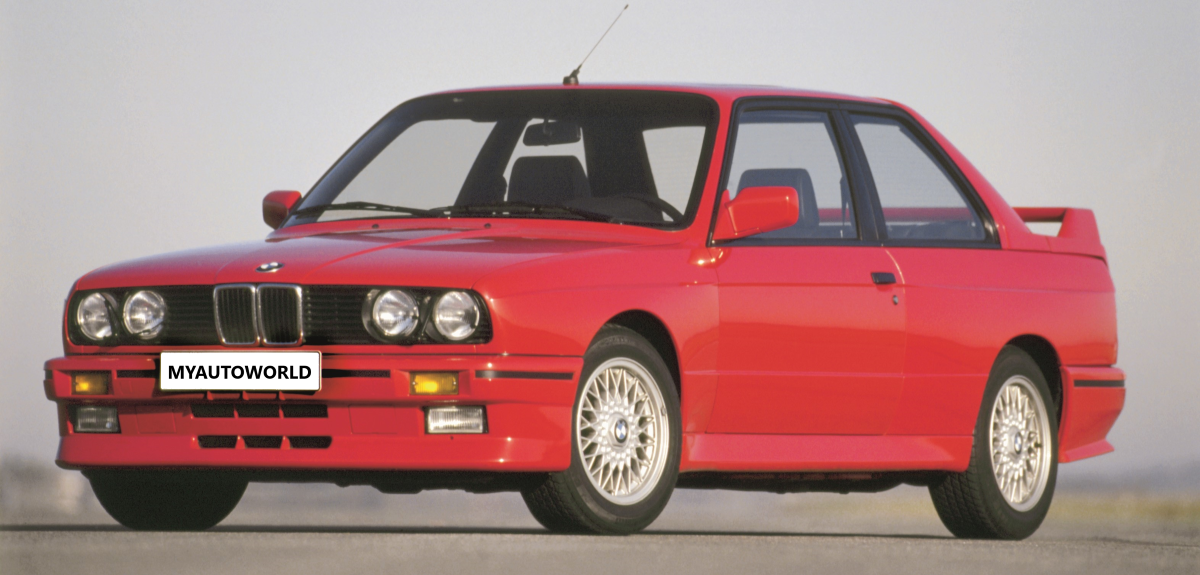
1986: The debut of the M3, the most successful touring car ever.
After completing its activities in Formula 1, Motorsport GmbH focused all its energy on touring car racing. And in 1986 this resulted in the birth of the BMW M3, a compact two-door sports saloon representing BMW’s first parallel development in series production and motor sport: The road version requiring a production run of 5,000 units within one year for recognition as a touring car was conceived for racing right from the start and tailored in virtually every respect to the regulations in Group A. Since the facilities in Preussenstrasse were unable to handle the sheer magnitude of the tasks involved, Motorsport GmbH moved to its second home in the Munich suburb of Garching in 1986.
The result was an outstanding success for BMW in every respect. Right from the start, this brilliant white racing car in BMW Motorsport livery brought home one racing win, trophy and title after the other: In 1987, Italian driver Roberto Ravaglia won the World Touring Car Championship at the wheel of a BMW M3.
Developing maximum output of 195 hp from its four-cylinder 16-valve power unit and featuring a catalytic converter as standard, this high-performance saloon became the benchmark in motor sport from now on.
In the five years to follow, the M3 was the uncontested leader in the international touring car scene, bringing home two European Touring Car Championships, winning the German Touring Car Championship (DTM) twice as well as a large number of other international events and championships, and thus becoming the most successful touring car.
The M3 was equally successful as a road-going car for customers, reaching a sales volume nobody would have expected: Sales of the first BMW M3 amounted to more than 17,970 units, including 600 2.5-litre M3 Sportevolution models as well as 765 M3 convertibles built by hand. The M3 also proved that sporting performance and environmental protection need not necessarily be a contradiction in terms, with the M3 offering a standard of fuel economy quite unparalleled in relation to its power and performance.
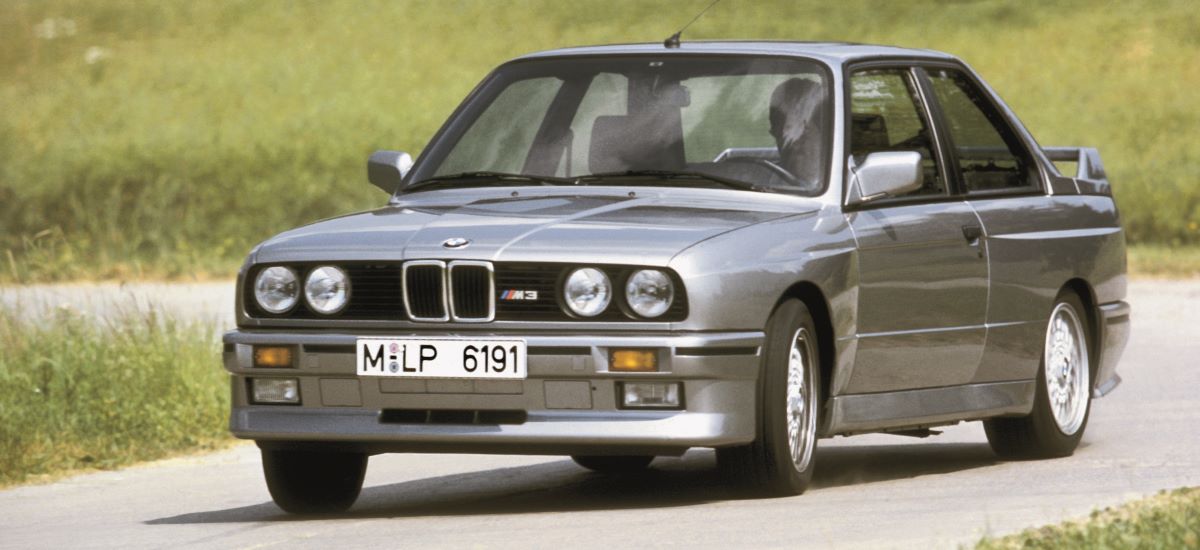
BMW M3 (1986-1990)
After the legendary BMW M1 (1978), BMW Motorsport GmbH defined another milestone with the BMW M3 (E30) launched at the Frankfurt Motor Show in September 1985. This particularly highlighted the symbiosis between motor sport and series production. The heart of the high-performance saloon was formed by the new 4-cylinder M Power engine equipped with 4-valve technology. It generated 143 kW/195 hp (cat version) and assisted the M3 in achieving excellent driving performance. Its motor-sport offshoot was particularly victorious as a touring car – it became one of the most successful touring cars of all times.
General Data
Model Year……………………………1986 – 1990
No. of Units…………………………..17,184
Price……………………………………DM 59,800
Technical Data
Type of Engine……………………….Four-cylinder in-line engine
capacity in ccm………………………2302
Power Output………………………..143 kW/195 bhp at 6750 rpm (with catalyst)
Max.Speed…………………………… 235 km/h
Dimensions……………………………4345x1680x1370
Empty Weight (kg)…………………..1200
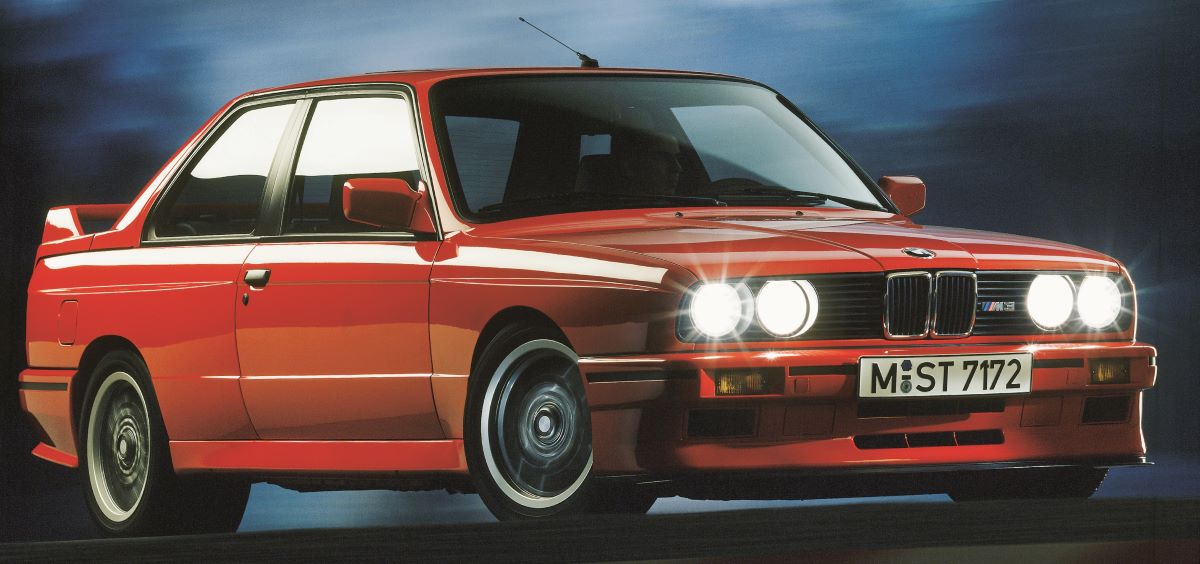
BMW M3 Evolution
After the legendary BMW M1 (1978), BMW Motorsport GmbH defined another milestone with the BMW M3 (E30) launched at the Frankfurt Motor Show in September 1985. This particularly highlighted the symbiosis between motor sport and series production. The heart of the high-performance saloon was formed by the new 4-cylinder M Power engine equipped with 4-valve technology. A limited edition series with the designation “Evolution” was produced in 1988. Weight reduction and engine output increased by 10% helped this special to generate power on an impressive scale.
General Data
Model Year……………………………1988 – 1988
No. of Units
Price
Technical Data
Type of Engine……………………….Four-cylinder in-line engine
capacity in ccm………………………2302
Power Output………………………..162 kW/220 bhp at 6750 rpm
Max.Speed…………………………….243 km/h
Dimensions…………………………….4345x1680x1370
Empty Weight (kg)…………………..1200
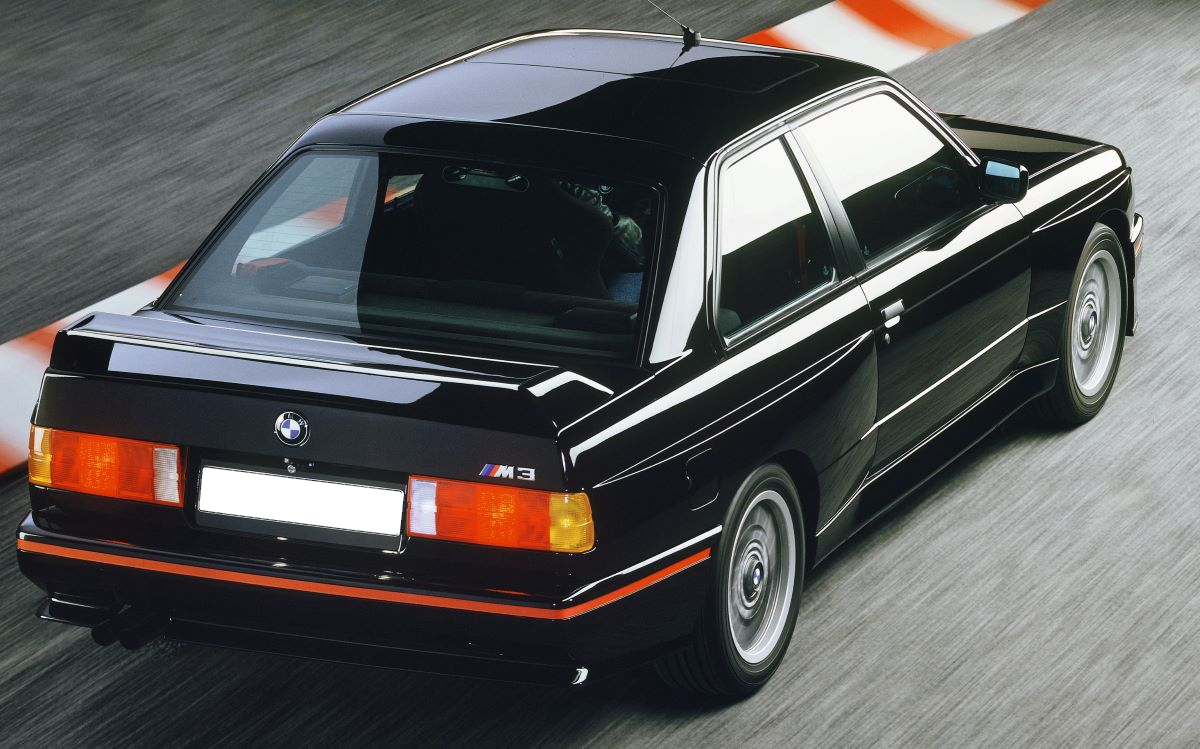
BMW M3 Sport Evolution
After the legendary BMW M1 (1978), BMW Motorsport GmbH defined another milestone with the BMW M3 (E30) launched at the Frankfurt Motor Show in September 1985. This particularly highlighted the symbiosis between motor sport and series production. The heart of the high-performance saloon was formed by the new 4-cylinder M Power engine equipped with 4-valve technology. A limited edition series with the designation “Sport Evolution” was launched in 1990. Weight reduction, special equipment and much higher engine power ensured superlative driving performance in the ultimate class.
General Data
Model Year……………………………1989 – 1990
No. of Units…………………………..600
Price……………………………………DM 85,000
Technical Data
Type of Engine……………………….Four-cylinder in-line engine
capacity in ccm………………………2467
Power Output…………………………175 kW/238 bhp at 7000 rpm
Max.Speed…………………………….248 km/h
Dimensions……………………………4360x1675x1370
Empty Weight (kg)…………………..1200
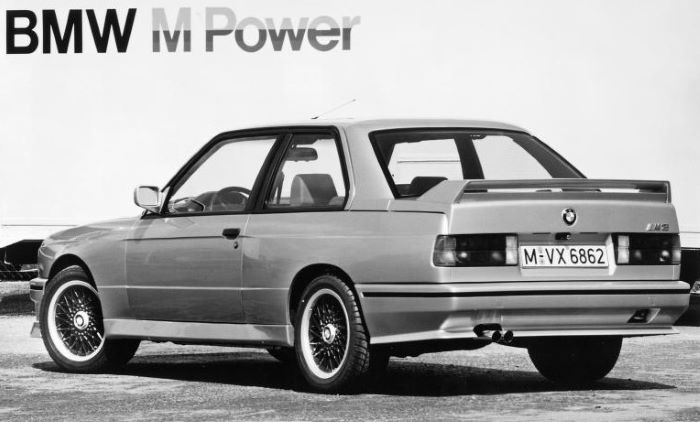
BMW M3 Cecotto
After the legendary BMW M1 (1978), BMW Motorsport GmbH defined another milestone with the BMW M3 (E30) launched at the Frankfurt Motor Show in September 1985. This particularly highlighted the symbiosis between motor sport and series production. The heart of the high-performance saloon was formed by the new 4-cylinder M Power engine equipped with 4-valve technology. A limited special series powered by an engine generating 215 hp was named Johnny Cecotto after the successful BMW touring-car racing driver.
General Data
Model Year……………………………1989 – 1989
No. of Units…………………………..505
Price
Technical Data
Type of Engine……………………….Four-cylinder in-line engine
capacity in ccm………………………2302
Power Output…………………………158 kW/215 bhp at 6750 rpm
Max.Speed…………………………….241 km/h
Dimensions…………………………….4360x1675x1370
Empty Weight (kg)…………………..1200
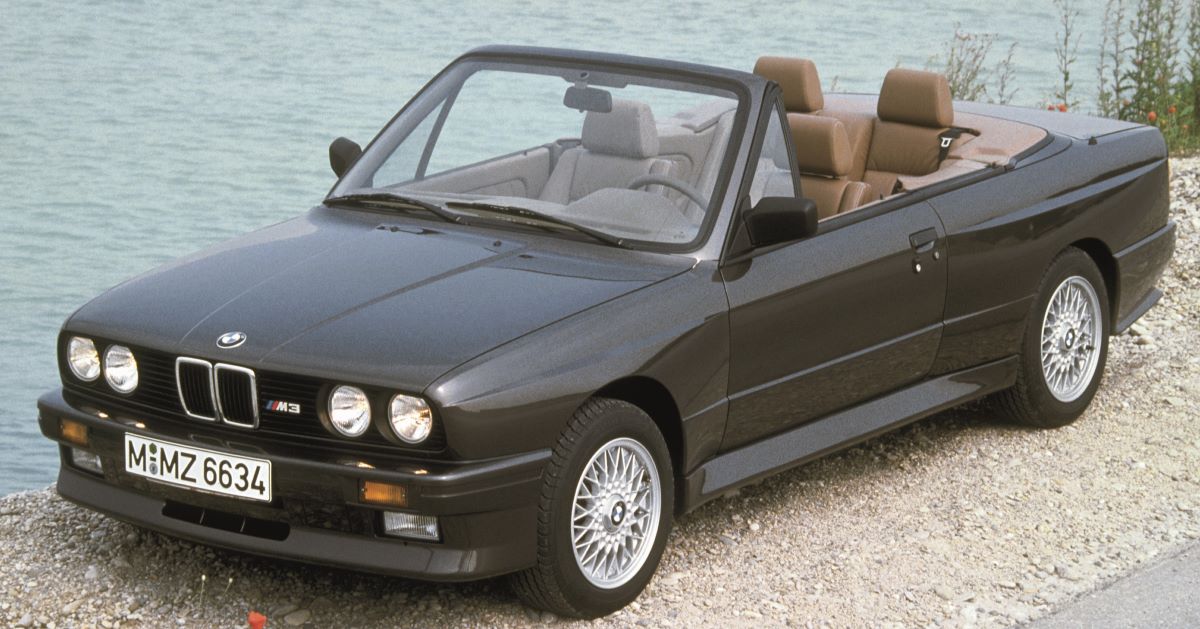
BMW M3 convertible
After the legendary BMW M1 (1978), BMW M GmbH defined another milestone with the BMW M3 (E30) launched at the Frankfurt Motor Show in September 1985. This particularly highlighted the symbiosis between motor sport and series production. The BMW M3 convertible was a particularly collectible model which was available from 1988. Only 786 units were produced. They already rank among the most coveted BMW “Youngtimers” ever produced.
General Data
Model Year……………………………1988 – 1991
No. of Units…………………………..786
Price……………………………………DM 93,250
Technical Data
Type of Engine……………………….Four-cylinder in-line engine
capacity in ccm………………………2302
Power Output………………………..143 kW/195 bhp at 6750 rpm from ’89 158 kW/215 bhp
Max.Speed…………………………….235 km/h
Dimensions…………………………….4360x1675x1370
Empty Weight (kg)…………………..1285

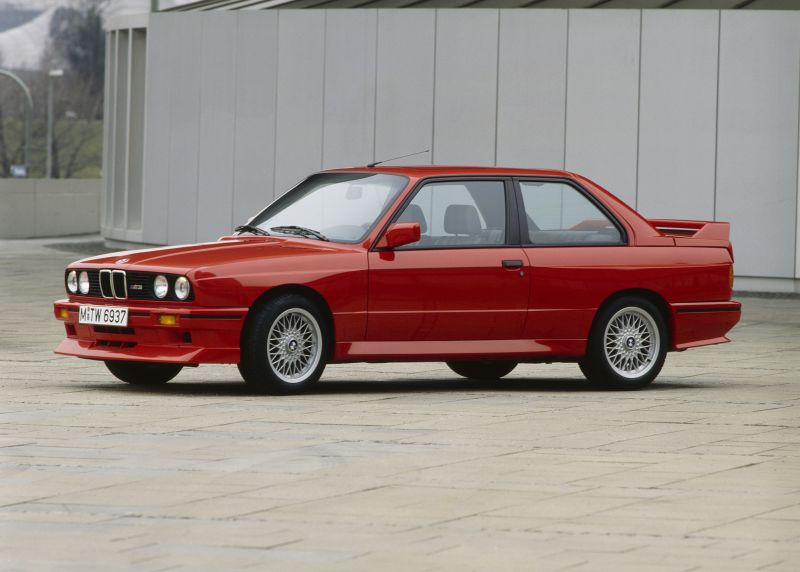
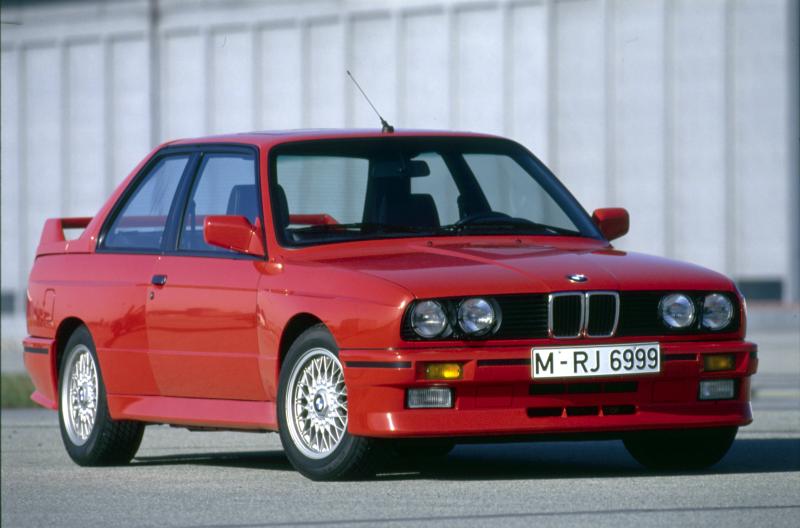
You must be logged in to post a comment.